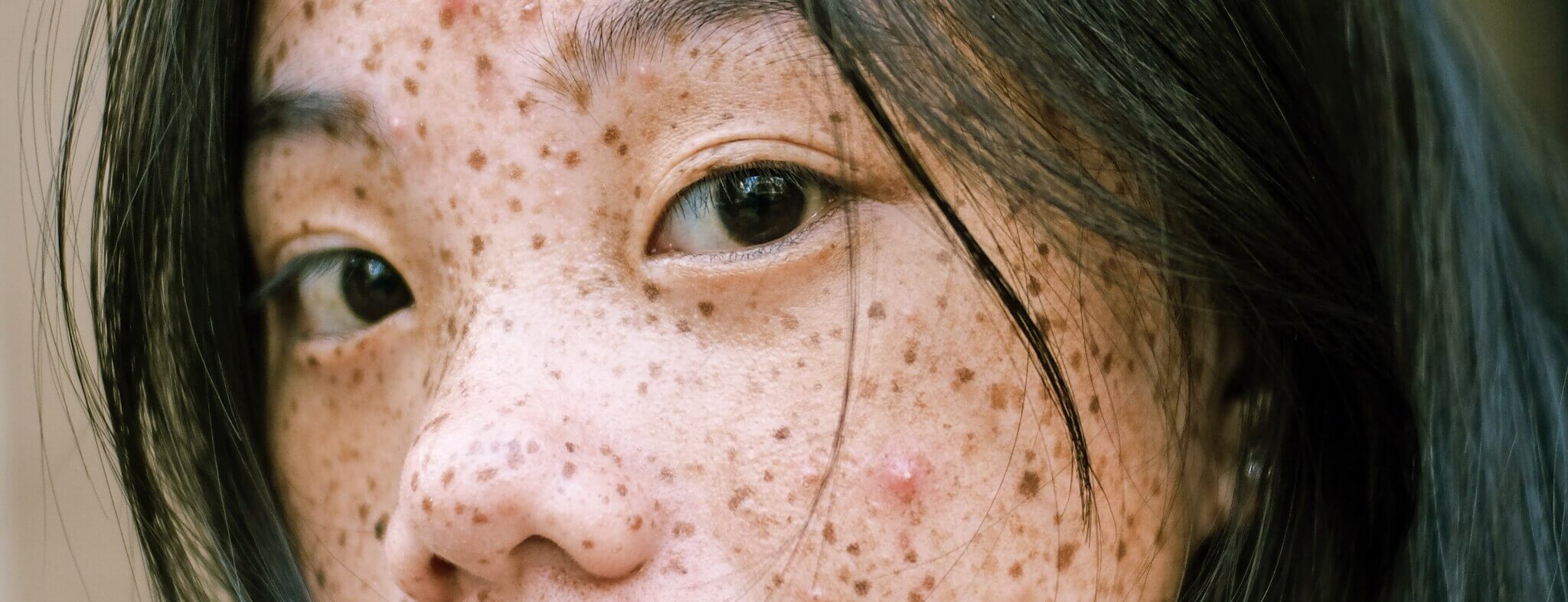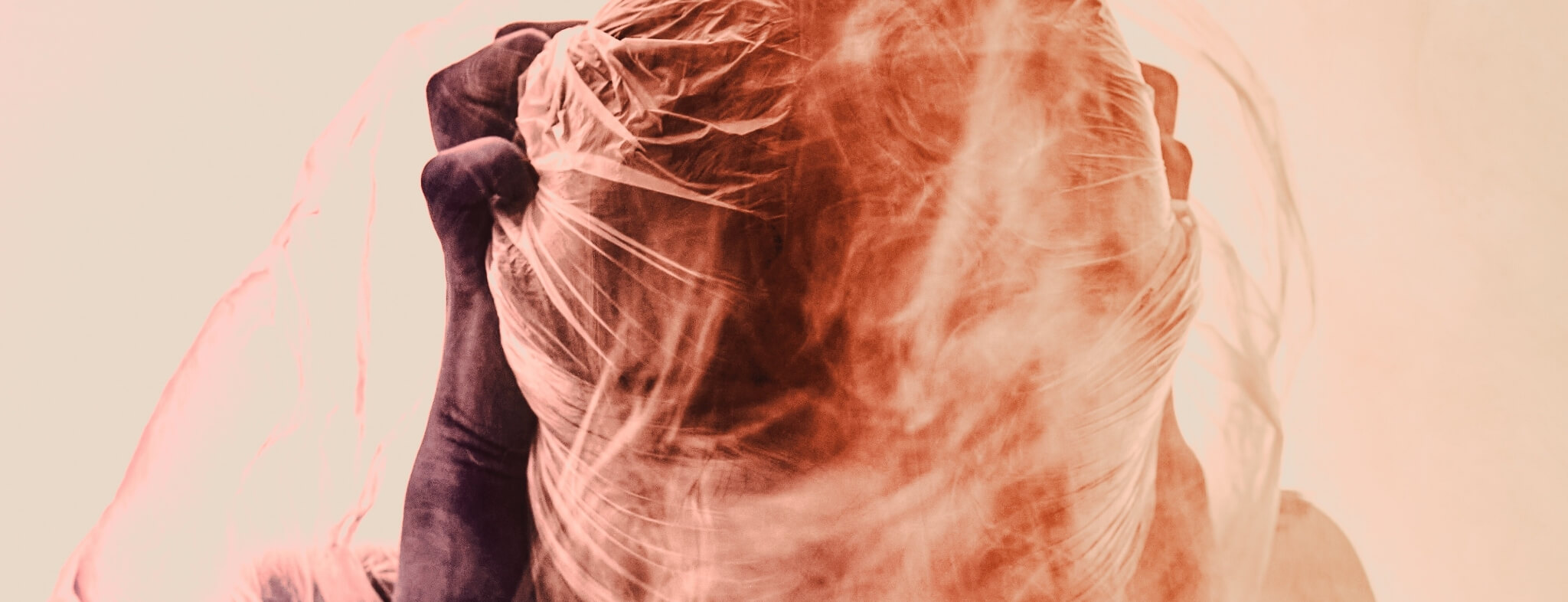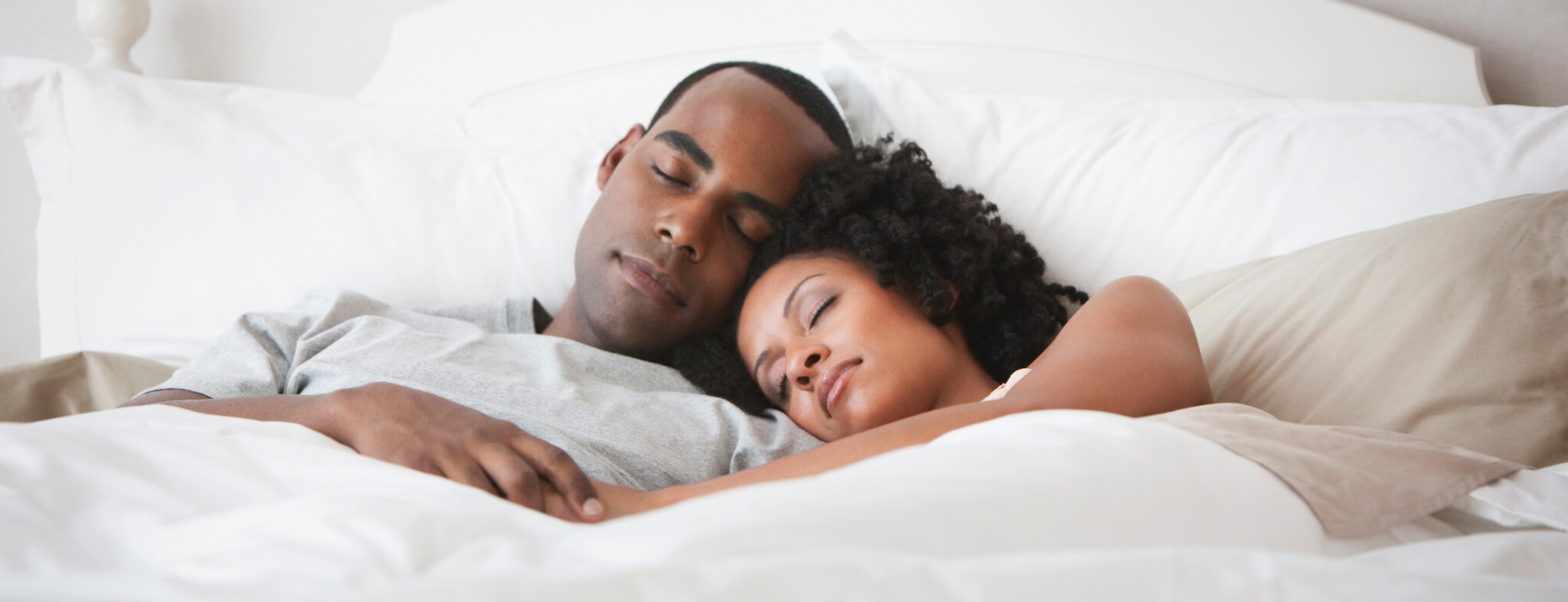We’ve all heard about the importance of sleep for our wellbeing. We asked Dr. Stacey Gunn, board-certified sleep physician and People Science expert advisor, on how to sleep better, if CBD really works, and why people may or may not need 8 hours.
PS: Do we really need 8 hours of sleep?
SG: The common advice that you need 8 hours per night comes from average requirements being 7-9 hours, but there isn’t anything “magical” about 8 hours. Sleep needs are highly individual, and it can be helpful to figure out your own “biologic sleep requirement” – the amount you personally need to feel well rested. Some people are “short sleepers” who really do get by with only 6-7 hours of sleep and feel great during the daytime. Other people are naturally “long sleepers” and don’t feel good without 9-10 hours, and most people are in between. Not surprisingly, sleep patterns can run in families or be genetically based.
PS: Is there any benefit to staying in bed even if I’m not falling asleep?
SG: A goal to get 8 hours of sleep per night is great advice for some people, and in general it’s an effective message to make the point to make sleep a priority. An unintended side effect of this messaging though, is that some people spend a long amount of time lying in bed trying to get an “ideal 8 hours,” but simply don’t need that much and won’t be able to get there. Many times, those people end up lying in bed awake stressing about not getting enough sleep. Then a pattern of anxiety starts to build upon itself in a cyclical way, and the end result can be that simply lying in bed becomes a stressful and anxiety-provoking experience.
PS: So how do I figure out how much sleep I need?
SG: Keep a basic sleep log over the course of a week (time in bed, time out of bed, how much time awake), so that you can get an objective sense of how much time you are spending in bed, compared to how much time you are actually sleeping. If there is a wide discrepancy, like spending 10 hours in bed, but only sleeping 7 of those hours, it is worthwhile to consider shortening the amount of time that you spend in bed to more closely match your actual sleep durations. At first this will be a struggle and feel like you are missing out on sleep, but over time you should see that your sleep efficiency (the amount of time you are sleeping out of the total time you spend in bed) starts to improve. Once your sleep is better consolidated, then you can add 15 minute increments to your sleep window, one week at a time. If you start to have insomnia come back, you’ll know that you added back too much time to your sleep window. Going through this process can help you find your happy place.
One Simple Step Towards Better Sleep
PS: If I could do one thing to improve my sleep, what would that be?
SG: I wish I could solve everyone’s sleep problems with a single tip! A commonly overlooked, but useful piece of advice, would be to stop trying so hard to sleep and just allow it to come naturally. Easier said than done, but the tricky thing about sleep is that we can’t make it happen, we can only allow it to come to us. Yes, sleep is important, but a couple bad nights isn’t the end of the world. Where people run into problems is when stress about sleep itself becomes the thing that prevents them from being able to sleep. So on any given night when you can’t sleep, the best thing to do is get out of bed, go do something quiet and boring in another room (keep the lights dim), wait until you feel sleepy before you get back into bed, and try not to let it bother you that you are awake.
PS: So what do I do if I am so stressed about my sleep that it seems to be keeping me from sleeping?
SG: We actually have a name for this problem, and it is called “psychophysiologic insomnia.” A very effective treatment for it is Cognitive Behavioral Therapy for Insomnia, or CBT-I. CBT-I should be the first-line approach when someone is experiencing insomnia (after other medical causes, like sleep apnea, are ruled out). During treatment, a trained CBT-I provider can use different approaches to help you identify feelings, thoughts, and behaviors that could be contributing to your insomnia, and the treatment course gets personalized as you move through it. Some parts of it are behavioral (what time you get into and out of bed, and what you should do when you can’t sleep), and some are cognitive (reducing stress and anxiety, mindfulness techniques, and restructuring counterproductive thought patterns). It is very effective, and benefits have been shown to include less time to fall asleep, more time spent asleep, and waking up less during the night.
PS: What are some resources for doing CBT-I?
SG: The best way is one-on-one sessions with a sleep psychologist, and they can be found through the Society of Behavioral Sleep Medicine. There are several online versions that have been developed as well, such as Somryst, Sleepio, CBT-i Coach, cbtforinsomnia.com, freecbti.com, and Slumber Camp.
Does it work: CBD, Melatonin, & Magnesium for Sleep?
PS: What do we need to think about before starting alternative medications?
SG: Before deciding to start any medication at all for sleep, I always want to do a thorough evaluation to address any underlying problems that could be contributing to insomnia. Insomnia is often complex and multifactorial. I look out for the possibility of sleep apnea, excessive leg movements during the night, stress or anxiety causing insomnia, chronic pain, disruption to the circadian rhythm, or other causes. Once treatable and correctable causes are addressed, and behavioral interventions attempted, then we start to think about when medications might be beneficial.
PS: What should I know about melatonin?
SG: Melatonin is a hormone produced in part of the brain called the pineal gland, that plays a role in sleep. It helps your body’s internal clock, also known as your circadian rhythm, stay on track. Melatonin is released on cue at the same time every night, unless you are exposed to bright light, which prevents it from being released. That’s a key reason why you often hear advice to avoid bright light in the evening, because it prevents you from releasing melatonin at the right time, and contributes to insomnia.
There are two ways to use melatonin. The most common is to take a dose of 1-5 mg about 30 minutes before bed, to use as a sedative. The limited research on whether using melatonin in this way works or not suggests that it can improve time to fall asleep and total sleep time, to a small degree (1). Some people see a significant benefit, whereas others do not, but it is generally a safe medication. Most people have very few side effects, and some report having vivid dreams or feeling groggy the next day. It can interact with certain prescription medications so it is always wise to check with your doctor if you are taking other medications. I find that the most effective use of melatonin is for adjusting circadian rhythms by using a very small dose (0.3 mg or 0.5 mg), taken about 4-5 hours before bedtime. This microdose tries to mimic the amount that your brain naturally releases by taking it earlier. This doesn’t work like a sedative to “knock you out,” but it can help to make you feel sleepy before you otherwise would.
Low dose melatonin can also be very useful for adjusting to jet lag. There are online tools, such as Jet Lag Rooster, that can help you plan how to use low dose melatonin along with how to manage light exposure when you travel.
PS: Can magnesium help me sleep?
SG: Magnesium is a mineral that plays crucial roles in multiple systems throughout the body. Every cell in our bodies contains magnesium and it is important for building proteins, controlling muscle movements, and regulating chemicals necessary for your brain and nervous system. How magnesium is involved in sleep is not clearly understood, but research suggests that low magnesium levels might disrupt sleep by affecting sleep-related hormones and brain chemistry.
We don’t have strong scientific evidence that magnesium improves sleep, and this is a common problem for most complementary and alternative medicines. Of the limited research that is available, one analysis showed that older adults taking magnesium may show improvement in time to fall asleep and time staying asleep. Due to concerns about bias in the research design, it is too early to draw any definitive conclusions (2).
The good news is that magnesium supplements are generally considered safe when taken at recommended doses (250-500 mg per day). Keep in mind that some types of magnesium are used as laxatives (magnesium hydroxide, magnesium citrate), so avoid those if you don’t want that side effect. Also nuts, legumes, leafy grains, and whole grains are all excellent sources of magnesium.
PS: What do we know about cannabis and CBD?
SG: Cannabis is a complex plant with over 100 chemical compounds called cannabinoids. The most commonly known are tetrahydrocannabinol (THC) and cannabidiol (CBD). THC is the psychoactive component of cannabis that “gets you high.” CBD is not psychoactive and research suggests it has a calming effect (3). Depending on dose and the individual, THC may be relaxing or stimulating. When combined with CBD and other compounds found in cannabis, the effects on each person can be very different.
Clinical studies have found THC and CBD to be effective in treating chronic health conditions that affect sleep like chronic pain and multiple sclerosis. The challenge with these studies is that while participants report improved sleep quality, the research cannot yet confirm whether cannabis is improving the chronic condition and thus allowing better sleep, or that sleep alone is affected (4). Up to now, cannabis clinical research has been minimal due to federal regulations. The good news is that those regulations are changing to allow more research (5) so we can better understand how to safely use cannabis as a medicine.
For someone who is starting to explore the use of cannabis for sleep, it is recommended to start with a low dose, going slowly, and watching how it works for you. Edible products (gummies, mints, etc.) can give more consistent doses. The dose is generally taken about 1 hour before bed.
Any time you start a new intervention for your sleep, pay attention to how it clears out of your system and how you feel the next morning. Don’t plan an important meeting or a long road trip the morning after trying something new. Also, most medications for sleep are ideally for short term or as-needed use. That means on occasional nights here and there, no longer than 2 weeks in a given stretch. So if you find yourself reaching for something night after night, you may want to check in with a specialist!
References:
- Low TL, Choo FN, Tan SM. The efficacy of melatonin and melatonin agonists in insomnia – An umbrella review. J Psychiatr Res. 2020 Feb;121:10-23. doi: 10.1016/j.jpsychires.2019.10.022. Epub 2019 Nov 2. PMID: 31715492.
- Mah J, Pitre T. Oral magnesium supplementation for insomnia in older adults: a Systematic Review & Meta-Analysis. BMC Complement Med Ther. 2021 Apr 17;21(1):125. doi: 10.1186/s12906-021-03297-z. PMID: 33865376; PMCID: PMC8053283.
- Shannon S, Lewis N, Lee H, Hughes S. Cannabidiol in Anxiety and Sleep: A Large Case Series. Perm J. 2019;23:18-041.
- doi:10.7812/TPP/18-041
- Kuhathasan N, Dufort A, MacKillop J, Gottschalk R, Minuzzi L, Frey BN. The use of cannabinoids for sleep: A critical review on clinical trials. Experimental and Clinical Psychopharmacology. 2019;27(4):383-401. doi:10.1037/pha0000285
- https://www.npr.org/sections/health-shots/2021/05/30/1000867189/after-50-years-u-s-opens-the-door-to-more-cannabis-crops-for-scientists



